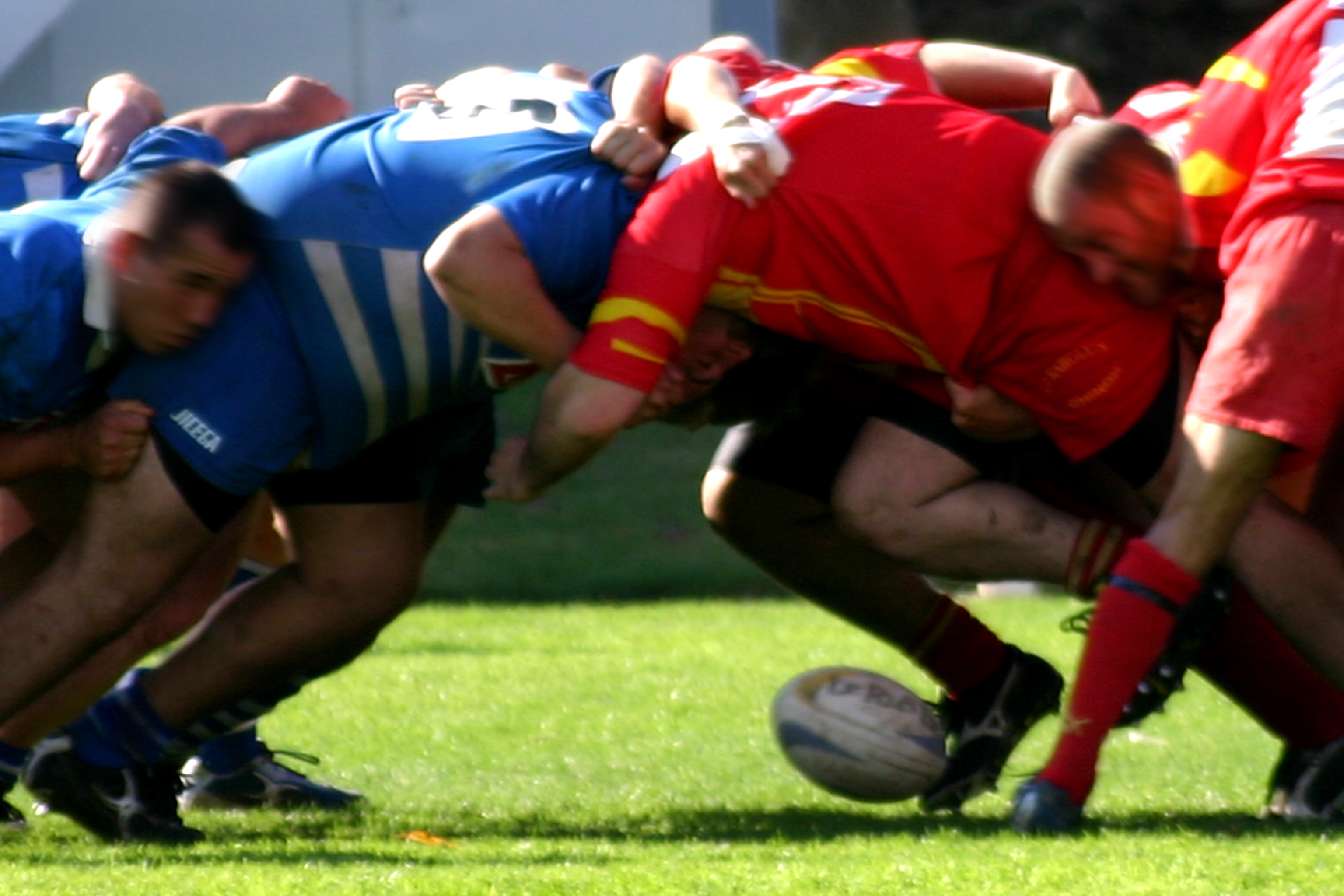
Features
Practice
Technique
Treating sports injuries: Tips for RMTs
How often it is that a therapist is faced with a decision on how and why a sports injury is treated. The rationale for a given treatment is frequently lost in the midst of a vague lecture from way back when. Others of us get trapped in the comfort of generic spa-type massage – minimal variance of treatment.
September 23, 2009 By Jonathan Maister

How often it is that a therapist is faced with a decision on how and why a sports injury is treated. The rationale for a given treatment is frequently lost in the midst of a vague lecture from way back when. Others of us get trapped in the comfort of generic spa-type massage – minimal variance of treatment.
Actually, the reasoning behind the treatment of conditions is simple and is best illustrated with the following analogy. Imagine a house on fire. Flames caress the beams and walls as the intense heat consumes essential supports. The fire slowly dies leaving a weaker structure laden with debris.
What to do while the fire engulfs the house? Whether it is you or the fireman, the main objective is to douse the fire, to lower the heat in order to minimize damage. What to do next?

The house, while still standing, is a mess. Piles of soot, broken beams and other waste products lie in and around the weakened structure.
Call the clean-up crew. Clear away the soot. Remove broken beams. While this will temporarily weaken the structure further, it will make way for new strong beams to replace them.
You now have a house cleared of debris but in dire need of repair. Hence come the carpenters, electricians and other handymen to complete the job and restore the house to new. A typical sports injury works much the same way. The initial stage, the inflammatory/acute stage, is typified by swelling, heat, altered function, redness and pain.
The word “SHARP” is a favoured acronym used to remember these signs and symptoms. “PRICE,” the acronym for pressure, rest, ice, compression and elevation, offers a treatment guide for this stage.
Cold not only suppresses the inflammatory process, it decreases pain and also lowers the local metabolism thereby minimizing the side effects of local oxygen deprivation which result from injury and edema.
What cannot be emphasized enough is that massage on an acute lesion is contraindicated. This is tantamount to gross negligence and differentiates a qualified Massage Therapist from a massage person/practitioner with negligible knowledge.
The second stage, sub-acute/demolition, as it is known, has different treatment protocols. The differentiating sign from the inflammatory phase is the absence of heat. Also, pain at this stage is associated primarily with movement of the injured limb or joint, whereas in the inflammatory stage, pain tends to be ongoing and independent of movement.
The sub-acute stage is “clean-up” time with treatment protocols aimed at wicking away residual swelling and physiological debris of the healing process. Secondary complications such as atrophy, loss of flexibility and co-ordination associated with the sport are also addressed. An athlete, for whom expeditious recovery is essential, must have these variables addressed. There is an emphasis on active whole body maintenance. No point in letting the athlete to deteriorate while the lesion heals.
The final stage: Healing/Chronic. Pain at this stage is generally reproduced by duplicating the mechanism e.g. ankle inversion for an inversion sprain. Swelling has usually abated and function is returning to normal. The objectives are simple – rebuild. Encourage blood flow and nutrients to the injury. Assist the body in doing what it does naturally.
While a therapist cannot duplicate the metabolic blood flow from exercise, on site massage will nevertheless be beneficial as a treatment to encourage local blood flow and increase metabolism. It is essential the therapist ensure flexibility, strength, proprioception and psychological readiness of the athlete.
Noteworthy also is the knowledge that the strength work used in early healing differs from late healing i.e. Isometrics versus pliometrics respectively; typical isotonic gym equipment is utilized during mid healing. This is the domain of texts discussing resistance exercise and rehabilitation, but it is incumbent on Massage Therapists to be cognizant of these differences.
While sports injuries take many forms, the most common are muscle strains, ligament sprains, contusions, and tendinitis. These conditions follow the house-on-fire healing format. Using the rationale illustrated in this analogy, treating these conditions can be made a lot simpler.
Acknowledgements:
- Hartley, Anne, BPHE, Dip ATM, CAT(C) Lectures on Clinical Assessment and Injury Rehabilitation 1993-4 Differentiating stages of healing, principles/objectives of rehabilitation
- Reid, David C. BPT, MD, M.Ch, MCSP, MCPA, FRCS(C) “Sports Injury Assessment and Rehabilitation” Churchill Livingston 1992 The physiology of cryotherapy, principles/objectives of rehabilitation
- Stark, Jane DO, CAT(C) Discussion on stages of healing 1995, CATA Certification preparation classes Analogy of “house on fire”
Jonathan Maister, BSocSci (UCT), CAT(C), RMT, is extensively involved at the committee level with CSMTA, teaches part time at ICT Kikkawa College and is in private practice in Markham, Ontario.
Print this page